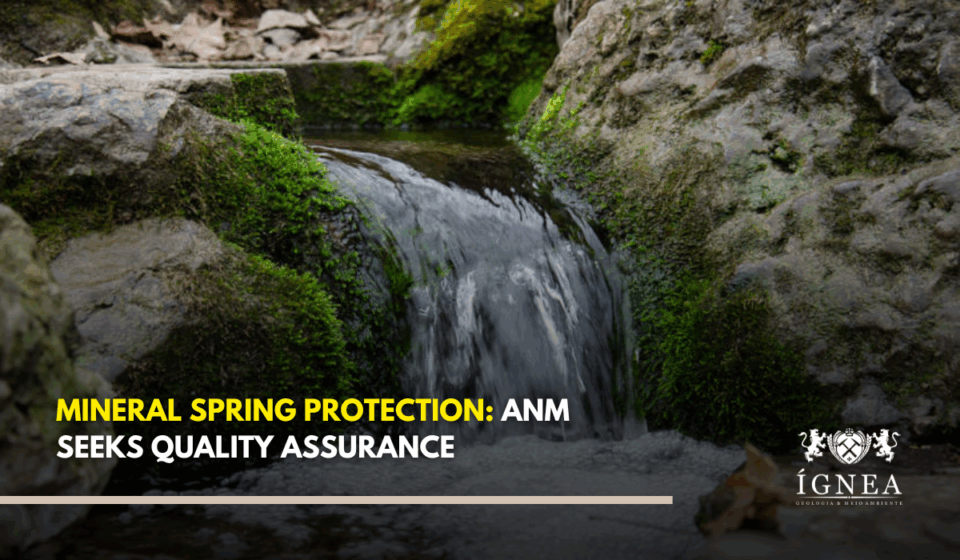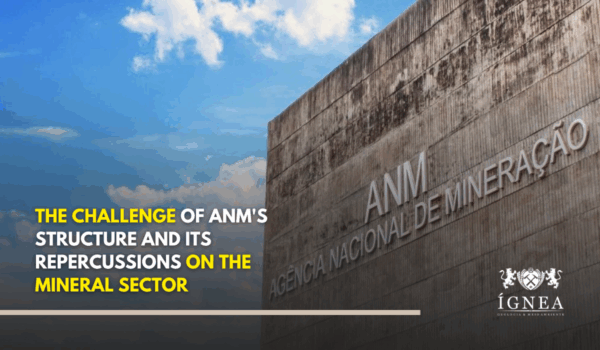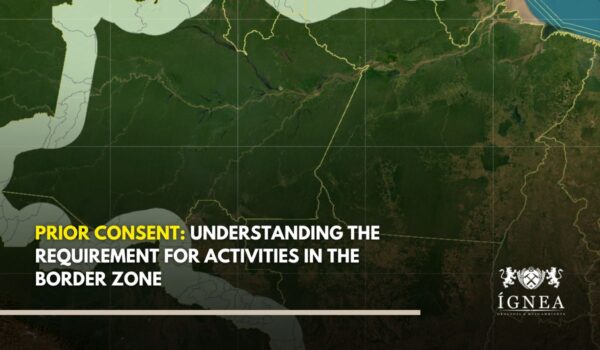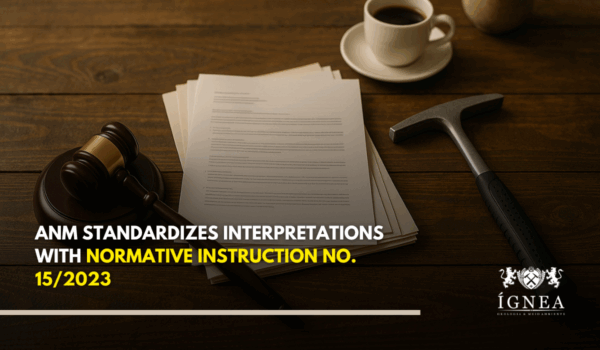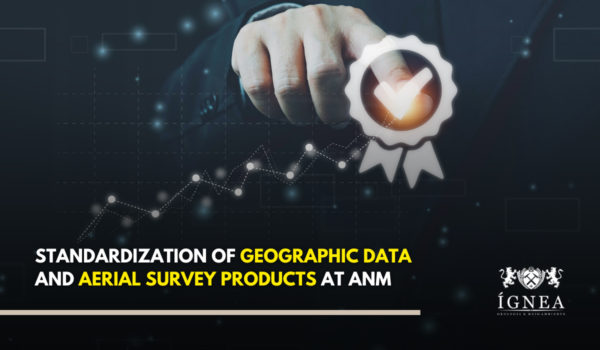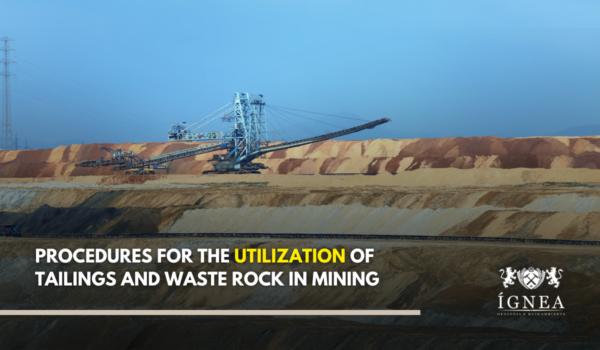The National Mining Agency (ANM) has established guidelines aimed at protecting natural mineral and potable spring waters throughout the national territory. The main objective, according to the agency, is to regulate the necessary actions and procedures to define protection areas, aiming at the preservation, conservation, and rational use of these water resources.
Protecting the quality of these waters is essential, considering how frequently the exploited springs are located near urban centers, industrial areas, agricultural activities, and other potential sources of contamination. Once polluted, mineral water loses its characteristics, and the recovery process is often irreversible.
To ensure this protection, the ANM requires research permit holders and mining concessionaires to present detailed studies for the definition of the protection areas of their springs. This requirement applies both during the submission of the Final Research Report and for existing concessions.
The methodology approved by the ANM for defining these protection areas includes several stages and studies:
- Hydrological and climatic characterization: Analysis of drainage, river regimes, and rainfall data.
- Hydrogeological characteristics: Investigation of local and regional geology, identification and analysis of aquifer systems (types, distribution, hydraulic characteristics), and definition of the hydrogeological model (piezometric surface, water flow, recharge areas).
- Hydrochemical characteristics: Evaluation of the chemical, physical-chemical, and sanitary quality of the waters, including the identification of major and trace elements, heavy metals, and other contaminants.
- Characterization of land and water use: Mapping of urban, industrial, agricultural, and livestock activities in the area of influence, as well as the identification of pollution sources (types and characteristics of waste and effluents).
- Analysis of contamination possibilities and vulnerability degree: Assessment of potential interferences and environmental impacts on the quantity and quality of water, considering land use and occupation.
- Definition of protection areas: Use of appropriate methods to delimit three distinct zones:
- Zone of Influence (ZI): Immediate area around the well or spring, with severe restrictions on buildings and potentially polluting activities, aiming at microbiological protection.
- Zone of Contribution (ZC): Recharge area associated with the extraction point.
- Zone of Transport (ZT): Area between the recharge and the extraction point, important for assessing the transit time of potential contaminants.
The definition and dimensions of the Contribution and Transport Zones consider land use activities, the intensity of occupation, and estimates of the transit time of persistent contaminants.
The submission of the protection area to the ANM must include a descriptive report and a site plan of the area, accompanied by the Technical Responsibility Annotation (ART). Based on technical criteria, the ANM approves the delimitation or formulates additional requirements.
For more information on this topic and the mining sector, follow our blog and social media channels.
Ordinance No. 231/1998 – ANM: https://www.dnpm-pe.gov.br/Legisla/Port_231_98.htm

